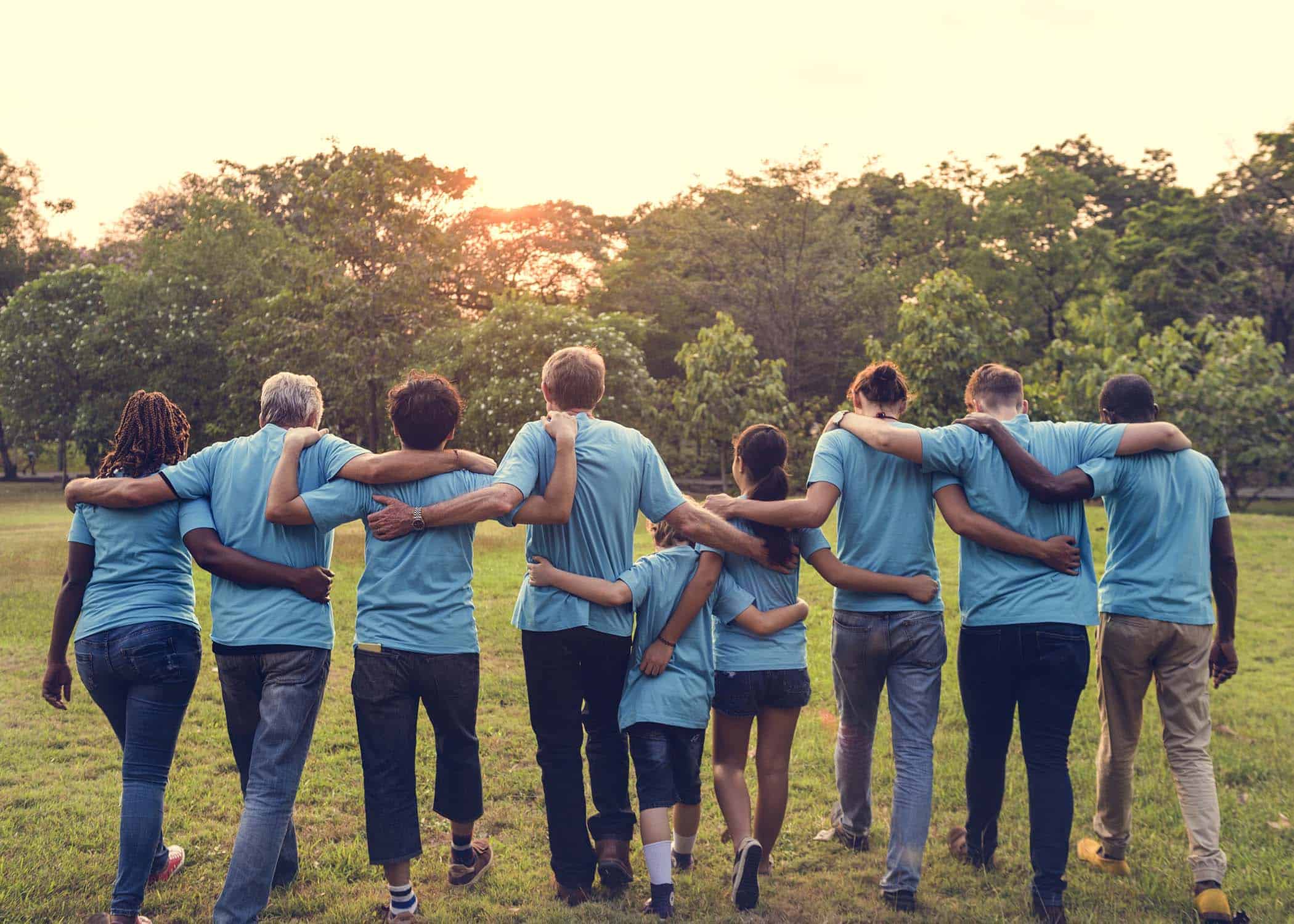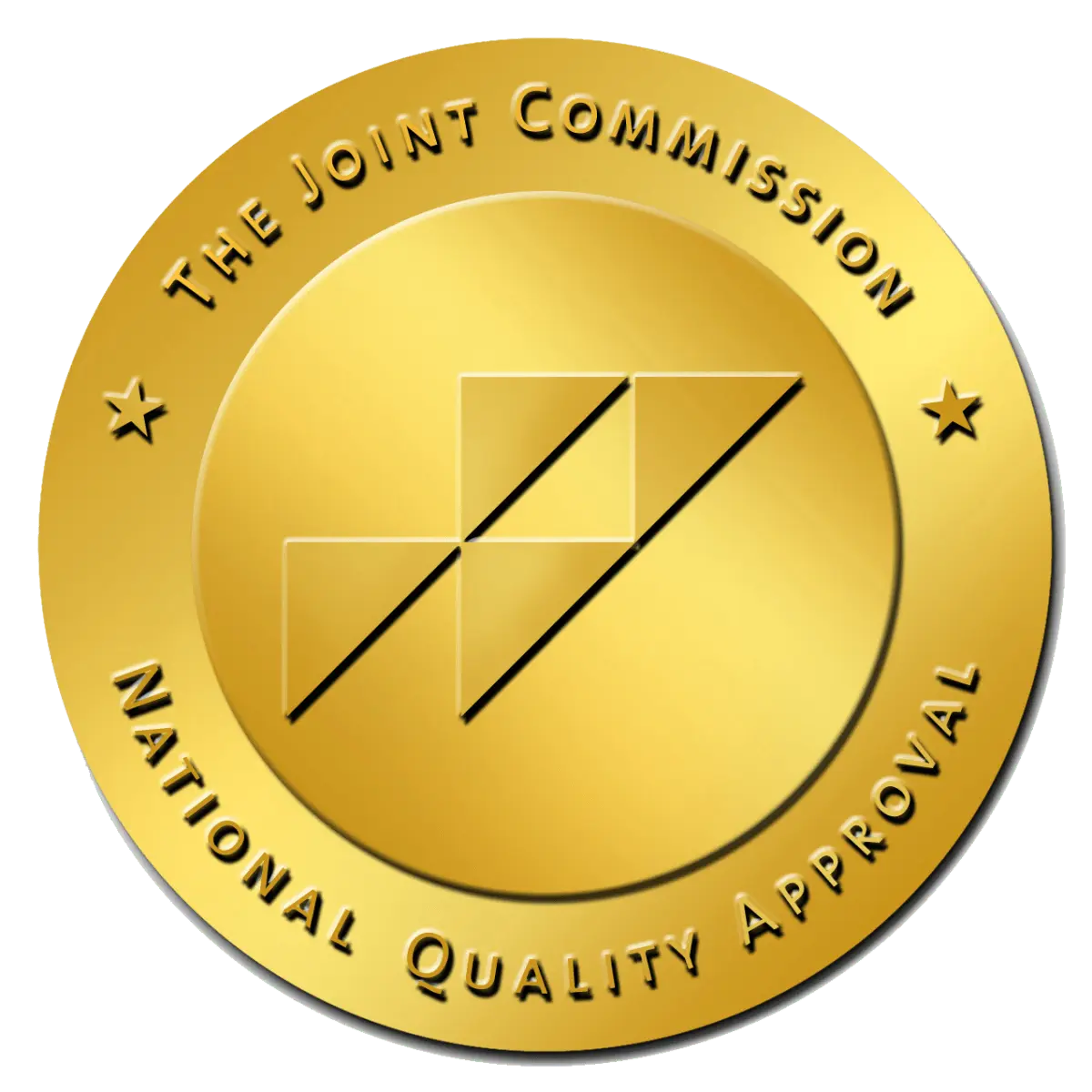Addiction is a disease that affects millions of people. Unfortunately, stigma still exists for those who struggle with addiction. September is recognized as National Alcohol and Drug Addiction Month, giving us all a chance to acknowledge the history of addiction, the devastating statistics associated with the disease, and how we can spread awareness about alcohol and drug addiction.
What Is National Alcohol and Drug Addiction Awareness Month?
This awareness month, also called National Recovery Month or Recovery Month, takes place in September to promote treatment strategies and spread awareness that getting better is possible. Annually, organizations and advocates host charities and discussions highlighting addiction’s realities and how people can reach out for help.
This year’s recovery month theme is “Recovery Is for Everyone: Every Person, Every Family, Every Community.” In 2021, President Biden proclaimed that September is recovery month. This month’s goal is to show that no matter who you are, you can recover from addiction, and you’re not alone.
Alcohol and Drug Addiction Facts and Statistics
Addiction is all too common in the United States. At least 8.4% of Americans between 18 to 25 and 6% of adults over 26 are heavy drinkers. According to a 2019 report, 57.2 million people ages 12 and older used illicit drugs in the past year, the most common being cannabis and the second most common being misused prescription painkillers.
In 2019, it was estimated that 20.4 million people ages 12 and older had a substance use disorder. The same survey found that 5.3% of people ages 12 and older had an alcohol use disorder. Thankfully, those numbers have gone down since 2002.
However, the progress has been eclipsed by the growing opiate addiction crisis. Now more than ever, addiction awareness is crucial and can save lives.
How You Can Spread Awareness
The key to lowering addiction rates in this country is providing education about the devastating toll alcohol and drugs can have on the health and relationships of those struggling with addiction. There are several ways to reach out to those who may be tempted to begin using an addictive substance and help those currently in need of treatment.
#1. Learn More About Addiction
The main focus of this awareness month is teaching what addiction is and how it affects individuals. Most stigmas and stereotypes come from ignorance. Take the time this month to learn how addiction impacts the body and life of those struggling with it.
Learning about those with addiction can also humanize them. Many stigmas and stereotypes of addiction dehumanize or villainize those with addiction, even though it’s true that addiction is a disease, just like heart disease. While researching addiction, prioritize science over opinion.
Listen to stories from people with addiction or those currently sober and recovering from addiction. You might be surprised about what you learn from their experiences.
#2. Educate Your Community
After you’ve learned as much as possible, pass that information on to your friends, family, and community members. The more people are knowledgeable about addiction, the more support people with addiction can receive. How much a community knows about addiction can affect policies and accommodations for people with addiction who need help to heal. The more people understand addiction for what it is, instead of the stereotypes, the more our community can provide much-needed support.
#3. Volunteer for Awareness Organizations
There are plenty of addiction treatment and recovery organizations that need people like you to help spread awareness and support the community. Look for a local organization near you and ask if they need volunteers. Volunteering is a great way to show your support for friends and family that might be struggling with addiction.
#4. Join Local Awareness Events
Your local area might have awareness events, or because of Covid precautions, some might be held online. Awareness events might include fundraisers, races, educational talks, and panels. Every event has the goal of helping those who attend better understand addiction. Local marathons or races might be dedicated to raising money for addiction treatment or recovery charities.
#5. Donate to Organizations Dedicated to Fighting Addiction
If you cannot volunteer or attend a local event, consider researching organizations dedicated to spreading awareness and helping the addiction community.
Donations can help these organizations thrive and better meet their mission. Any donation amount can make an impact. Then, share the organization with your friends on social media and invite them to donate. You can even create your fundraiser or event to raise money for an organization.
National Alcohol and Drug Addiction Awareness Month has helped the addiction recovery community educate others on the myths about addiction and the important facts about what those with addiction go through. Together we can erase the stigmas that keep people from seeking the help they need. We can work together through your support and contributions to spread awareness and learn more from each other.
Villa Oasis San Diego is committed to recognizing National Alcohol and Drug Addiction Awareness Month, providing love and support to our community. Everything new that you learn during this awareness month should be passed down to friends and family connected to the community, ensuring that more and more people learn the truth about addiction and how, together we can fight it for a healthier community. If you want to learn more about this awareness month or addiction, call us at (323) 739-8673.




